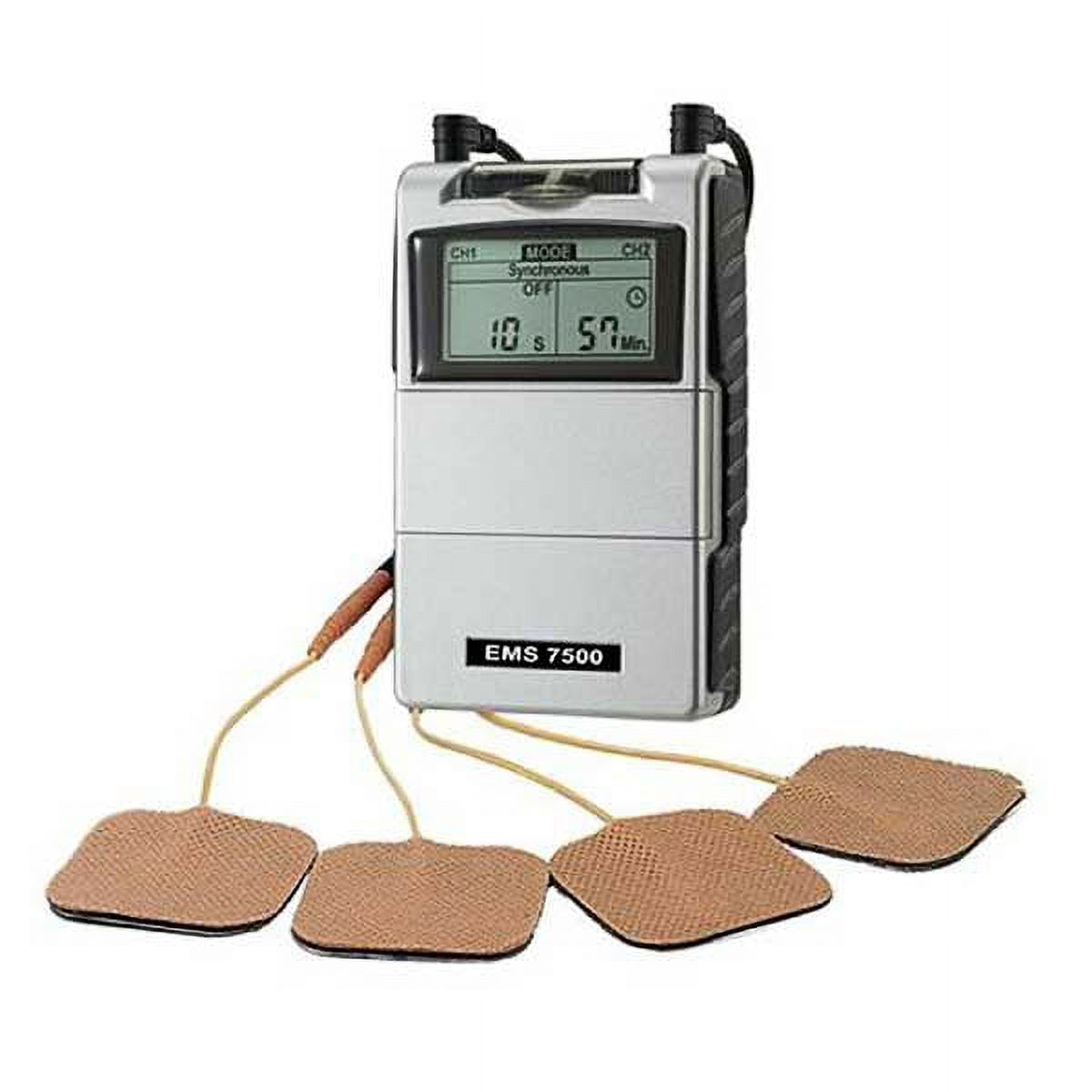
Both TENS and EMS are electrical stimulation devices that can be used to relieve pain, muscle spasms, and improve muscle strength. However, they work in different ways and are used for different purposes.
What is TENS?

- Transcutaneous Electrical Nerve Stimulation (TENS) is a non-invasive therapy that uses low-voltage electrical currents to stimulate nerves.
- These electrical currents help to block pain signals from reaching the brain, which can provide relief from acute and chronic pain.
- TENS is also used to reduce muscle spasms and promote relaxation.
What is EMS?

- Electrical Muscle Stimulation (EMS) is a therapy that uses electrical currents to stimulate muscles.
- These electrical currents cause the muscles to contract, which can help to strengthen muscles, improve muscle tone, and reduce muscle atrophy.
- EMS is also used to promote muscle rehabilitation after injury.
What are the Differences Between TENS and EMS?
- Purpose: TENS is used to relieve pain, while EMS is used to strengthen muscles.
- Electrical currents: TENS uses low-voltage electrical currents, while EMS uses higher-voltage electrical currents.
- Electrode placement: TENS electrodes are placed on the skin near the source of pain, while EMS electrodes are placed on the muscles that need to be stimulated.
- Frequency: TENS pulses are typically delivered at a frequency of 10-100 Hz, while EMS pulses are typically delivered at a frequency of 20-100 Hz.
- Duration: TENS sessions typically last for 30-60 minutes, while EMS sessions typically last for 20-30 minutes.
What are the Benefits of TENS and EMS?
- Pain relief: TENS can provide effective relief from acute and chronic pain.
- Muscle strengthening: EMS can help to strengthen muscles, improve muscle tone, and reduce muscle atrophy.
- Muscle rehabilitation: EMS can be used to promote muscle rehabilitation after injury.
- Relaxation: TENS can help to promote relaxation and reduce stress.
What are the Risks of TENS and EMS?
- Skin irritation: TENS and EMS can cause skin irritation, redness, and itching.
- Muscle soreness: EMS can cause muscle soreness, especially if used too frequently or at too high of an intensity.
- Burns: EMS can cause burns if the electrodes are not placed correctly.
Who Should Use TENS and EMS?
- TENS: TENS is a safe and effective therapy for people of all ages. It is especially beneficial for people with acute or chronic pain.
- EMS: EMS is a safe and effective therapy for people who are healthy and active. It is especially beneficial for people who are recovering from an injury or who want to improve their muscle strength.
How to Use TENS and EMS
- TENS: TENS units are available over-the-counter. You can use TENS at home, but it is important to follow the instructions carefully.
- EMS: EMS units should be used under the supervision of a healthcare professional.
Conclusion
TENS and EMS are both effective therapies that can be used to relieve pain, strengthen muscles, and promote relaxation. If you are considering using TENS or EMS, talk to your doctor to see if it is right for you.